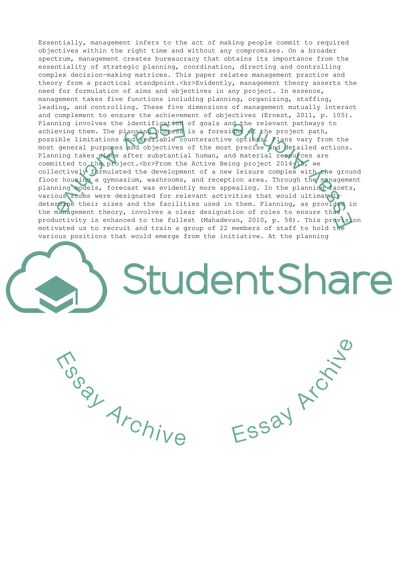Cite this document
(Project management Essay Example | Topics and Well Written Essays - 1500 words - 20, n.d.)
Project management Essay Example | Topics and Well Written Essays - 1500 words - 20. https://studentshare.org/management/1864669-project-management
Project management Essay Example | Topics and Well Written Essays - 1500 words - 20. https://studentshare.org/management/1864669-project-management
(Project Management Essay Example | Topics and Well Written Essays - 1500 Words - 20)
Project Management Essay Example | Topics and Well Written Essays - 1500 Words - 20. https://studentshare.org/management/1864669-project-management.
Project Management Essay Example | Topics and Well Written Essays - 1500 Words - 20. https://studentshare.org/management/1864669-project-management.
“Project Management Essay Example | Topics and Well Written Essays - 1500 Words - 20”. https://studentshare.org/management/1864669-project-management.


